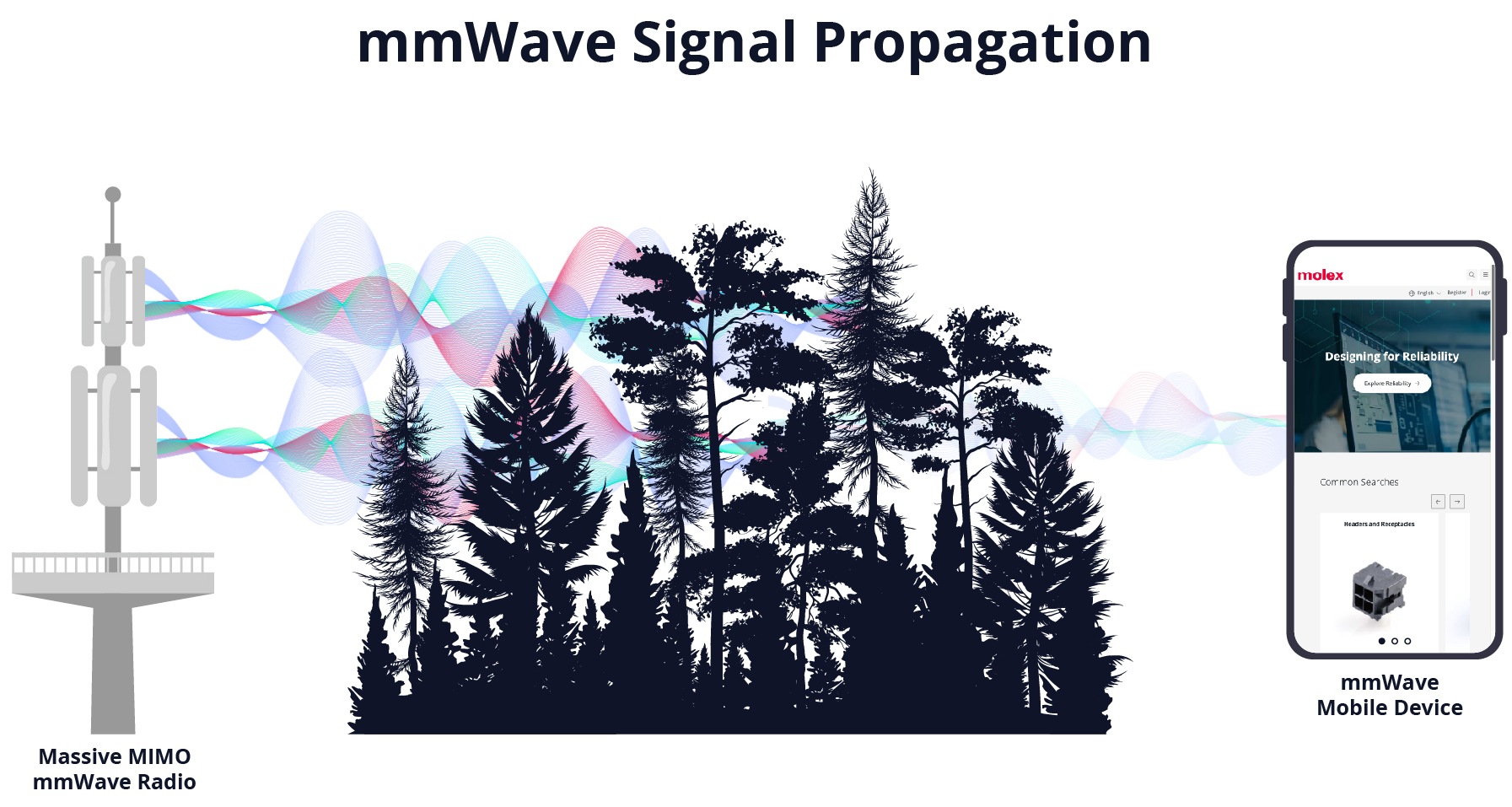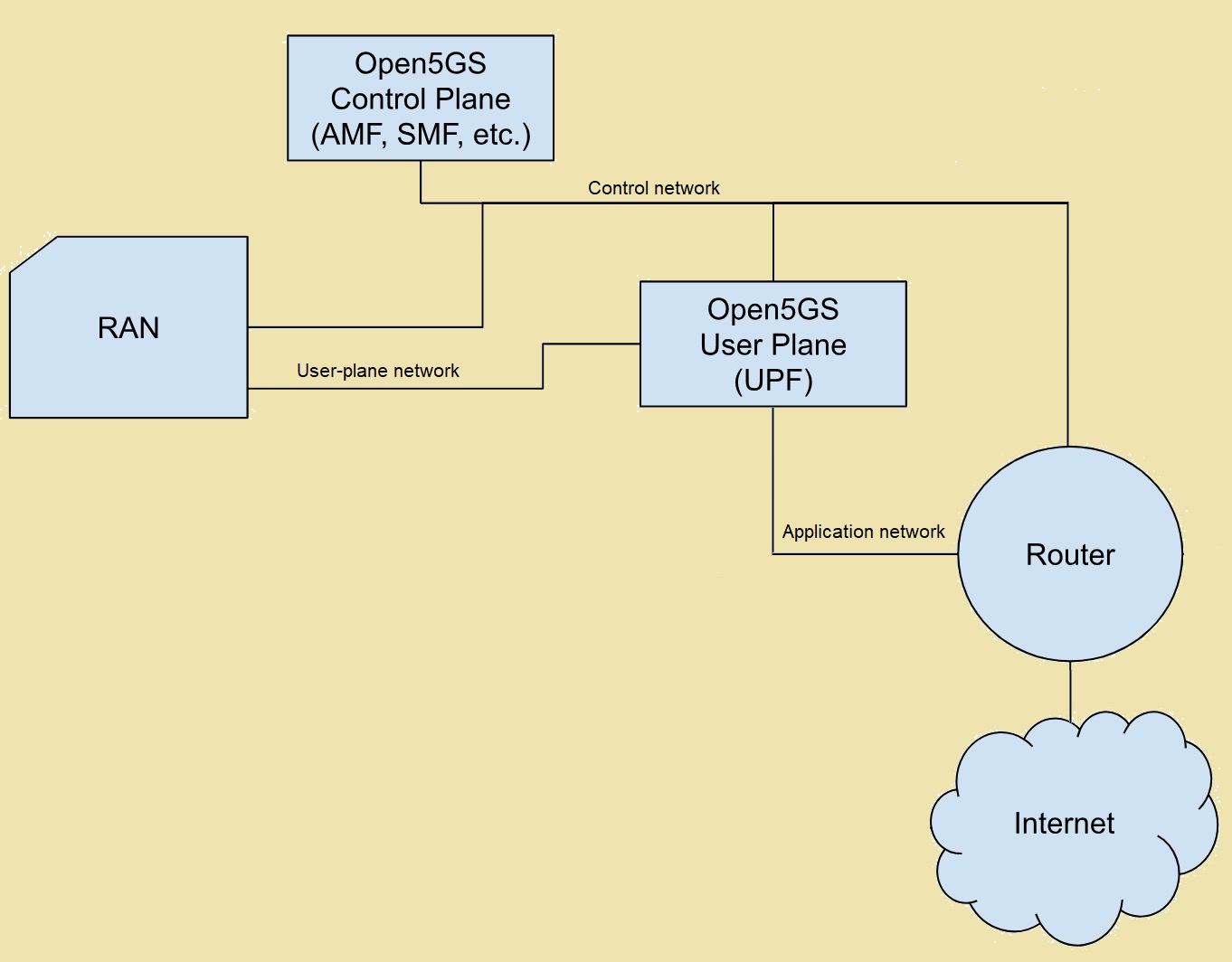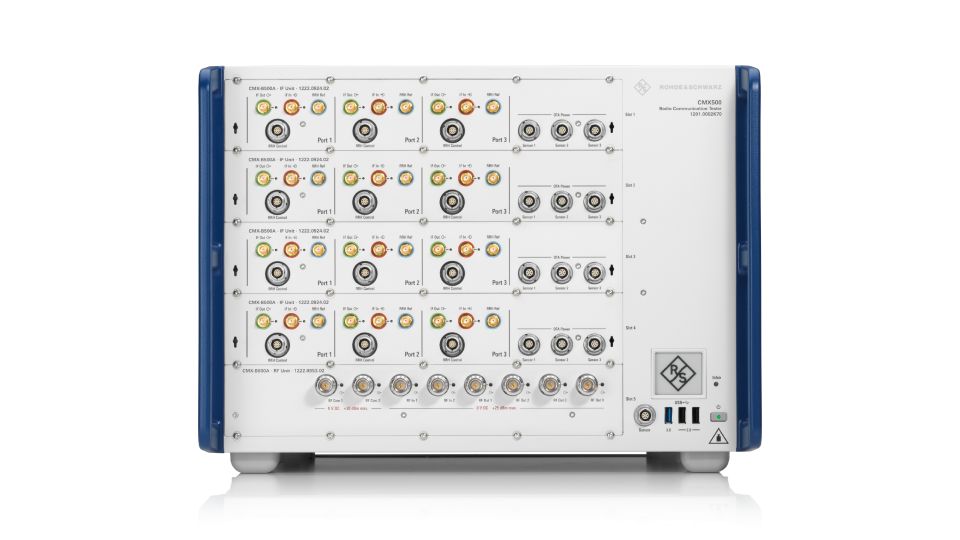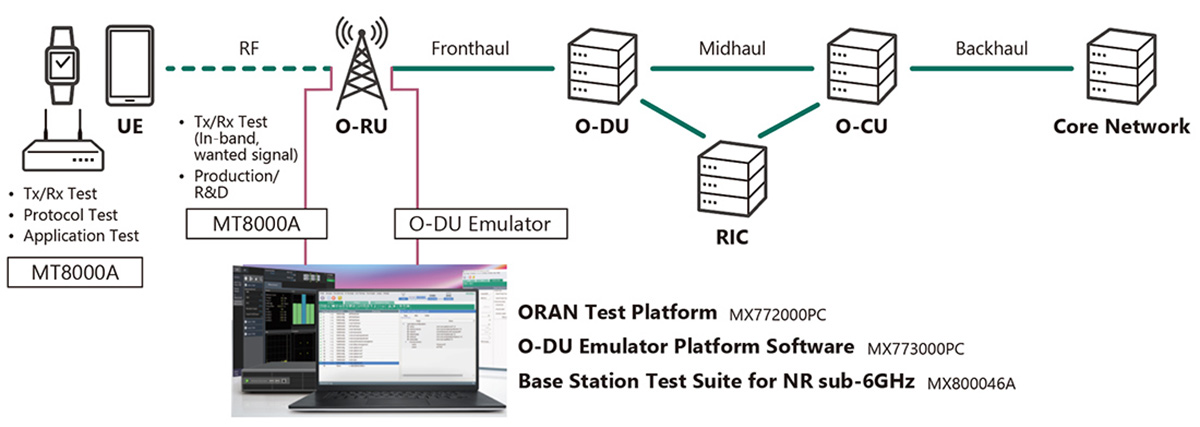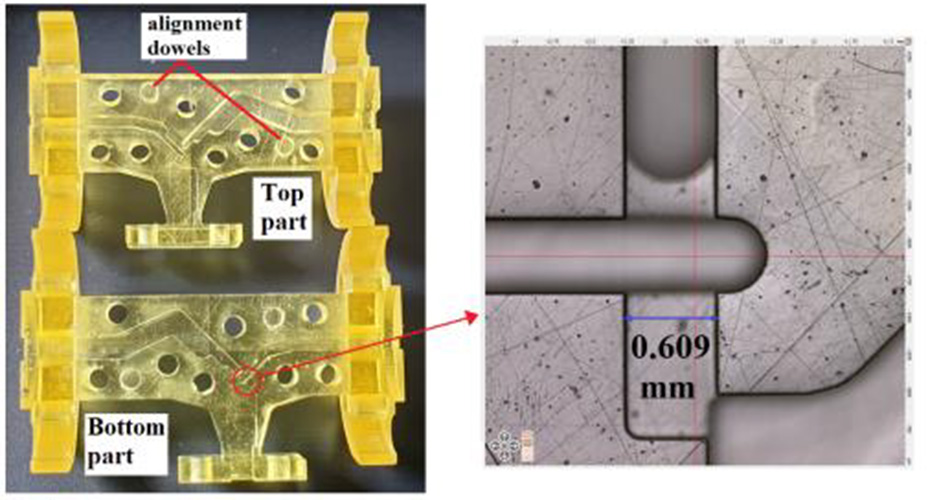Signals in the mmWave range require extra care and more expensive components than at sub-6 GHz frequencies.
Front-end mmWave IC combines PA, LNA, and switch
mmTron announced its first single-chip front-end IC for mmWave communications. Covering 24 to 30 GHz, the TMC252 integrates a power amplifier (PA), low noise amplifier (LNA), and transmit-receive switch on a single GaN IC that is available as a die or packaged in a 5 mm x 5 mm air-cavity QFN. The TMC252 is well-suited…
Build a 5G Open RAN test lab with open-source software tools
Open-source software provides network components that you can use to simulate 5G network functions from the network core to the radio. Developing and deploying a laboratory infrastructure to support testing 5G and open radio-access network (Open RAN) systems can present a daunting and complex task. Prior to Open RAN, this task was only possible by…
Flexible PTP profiles ease the transition to 5G
5G brought architecture changes that require synchronization. Depending on the location and network site, those timing requirements require different PTP profiles and PTP capacity.
Small footprint 3GPP 5G conformance test systems perform RF and radio-resource tests
Rohde & Schwarz has developed two additions for its R&S TS8980 family: the R&S TS8980S-4A and the R&S TS8980FTA-3A.
How do you test an Open RAN installation?
Open RAN telecom networks need testing for each disaggregated component, but that’s not enough. End-to-end testing is also necessary. In How do Open RAN interfaces work?, we covered how Open RAN redefines traditional RAN architecture by disaggregating it into three primary components: the radio unit (RU), distributed unit (DU), and centralized unit (CU). This paradigm…
Simulate 5G physical uplink shared channel designs
AccelerComm announced the general availability of its physical uplink shared channel (PUSCH) Channel End-to-End Simulator, a configurable tool that lets telecoms equipment vendors evaluate the company’s IP components. The simulator lets AccelerComm’s own engineers and its customers comprehensively analyse the detailed behaviour of the PUSCH processing components relative to the Matlab 5G Toolbox, a recognised…
What is a private 5G network? How does it work?
Private networks have the potential to change many industries and become the primary application for 5G. Processes and protocols make them work.
GPS at 50: Now what?
EE World interviewed Microchip’s David Chandler and Duke Buckner on the status and future of GPS, a technology we rely on for location tracking and network timing. Ethernet isn’t the only ubiquitous technology invented in 1973. GPS, the network of satellites that provide location and timing information, was also born that year. GPS has come…
3D printing provides innovative approaches to GHz and THz components
High-precision stereolithography offers an innovative way to create active and passive components for the 100-GHz and even terahertz range.

